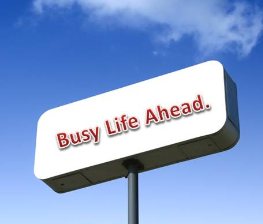Outdoor advertising also known as billboard advertising, is a great reach and locator medium. This out-of-home method helps with branding and is a good reinforcement for messaging. One of the challenges is that a succinct message is needed. The rule of thumb is "no more than seven words" for an effective message.
Outdoor boards are priced on the traffic counts with the most expensive on major expressways.
Traditional vinyl production can be expensive, but the electronic boards have changed the way outdoor companies do business. Diamond Vision technology is turning some billboards into giant flat screen televisions. The messages are less to produce and they can be flighted or dayparted.
Advantages
- The combination of size, color and illumination attracts attention.
- Billboards can be placed in high-traffic areas or other strategic locations.
- Based on research by the Outdoor Advertising Association of America, outdoor’s cost-per-thousand is significantly lower than any other advertising medium.
- Outdoor's message can appear year-round, most with 24-hour illumination.
- Billboards can be used as directionals, guiding consumers to the location of a given business.
Disadvantages
- The very nature of outdoor advertising demands that the commercial message be brief and relatively simple. Therefore, it is difficult to communicate product details, competitive advantages, and specific consumer benefits.
- Prime outdoor locations (in high-traffic areas) often are controlled by large, long-term advertisers.
- Unlike other advertising media, outdoor advertising has no truly reliable method to measure its effectiveness.
- Commuters behind the wheel and other potential customers are exposed very briefly to outdoor messages, minimizing message retention.
- Because of growing environmental concerns, many communities have eliminated, reduced, or limited the volume and placement of outdoor advertising.
|



